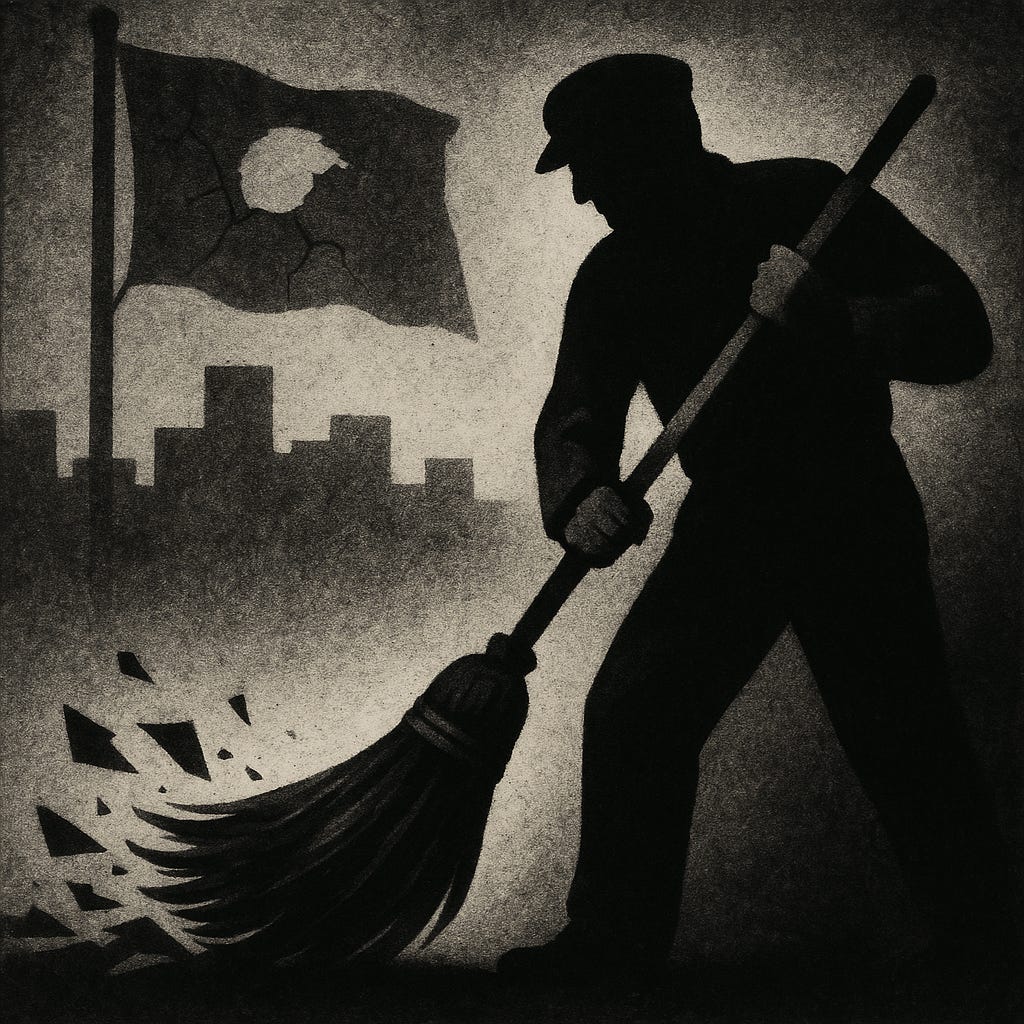By examining the timelines of Benito Mussolini’s rise in early 1920s Italy and Donald Trump’s presidency in late 2010s, we observe a chilling common theme: both leaders harnessed loyal forces to intimidate and suppress groups portrayed as threats to the nation’s survival. Mussolini’s Blackshirts were an unofficial army of street fighters turned state enforcers who used outright violence to dismantle a democracy and pave the way for dictatorship.
Trump’s use of ICE raids, while operating within a democratic framework, similarly relied on shock-and-awe tactics (workplace round-ups with “militaristic force”) to fulfill a populist pledge of protecting the nation from “the other.” In both cases, the strategy was rooted in fear: fear of Bolshevik revolution in one, fear of immigrants and outsiders in the other. Each leader’s rhetoric legitimized extraordinary measures against those fears: Mussolini demanded a “clean sweep” of traitors, Trump demanded an all-out crackdown on “illegal aliens” and to “drain the swamp.”
Historical analysis of Mussolini’s rise and Blackshirt violence was drawn from scholarly works and contemporary accounts (e.g. Michael Ebner’s Ordinary Violence in Mussolini’s Italy as cited in History.com ). Information on ICE tactics and Trump-era immigration policy comes from investigative journalism and reports by legal advocacy organizations , as well as statements from administration officials and contemporaneous news coverage (NPR, Texas Tribune/Washington Post). The timeline and comparisons reflect a synthesis of these sources, highlighting factual parallels and contrasts between the two periods.
The media and public reactions were sharply divided, highlighting how such tactics can either be applauded as law-and-order or condemned as brutality, depending on one’s perspective. Crucially, the Italian experience shows the endpoint of unrestrained paramilitary politics – the demise of democratic institutions – whereas the American system, at least in 2017–2019, proved more resilient, pushing back on some excesses through law, elections, and civil society. Nevertheless, the comparative timeline underscores the importance of vigilant checks and historical memory. The past’s Blackshirts cast a long shadow – reminding us that when leaders empower squads (be they in black shirts or blue jackets) to “make a clean sweep,” the line between security and tyranny grows perilously thin .
Sources
Historical analysis of Mussolini’s rise and Blackshirt violence was drawn from scholarly works and contemporary accounts (e.g. Michael Ebner’s Ordinary Violence in Mussolini’s Italy as cited in History.com ). Information on ICE tactics and Trump-era immigration policy comes from investigative journalism and reports by legal advocacy organizations , as well as statements from administration officials and contemporaneous news coverage (NPR, Texas Tribune/Washington Post) . The timeline and comparisons reflect a synthesis of these sources, highlighting factual parallels and contrasts between the two periods.






